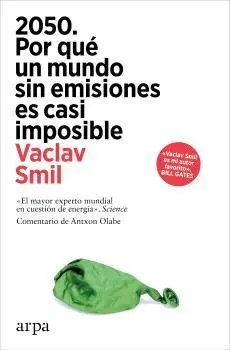CITY OF BILBAO: HISTORIC URBAN BLOCKS
HISTORIC URBAN BLOCKS
ISPIZUA ANDUIZA, PEDRO
In recent years, Bilbao has acquired a key cultural tourism role, which is unknown throughout its history. The generating core of this magnetic polarity has been the elongated circular segment crescent-like' which is positioned on the north side of the twentieth century city. The chessboard-like town planning has been strengthened by the characteristic growth that was experienced in the mid-20th century and recovered in the 21st century through the implementation of the subway network that is aimed at transporting large numbers of people which, in turn, has caused an urban metamorphosis that affects the nineteenth-century central space and allows us to standardize it with other Intercontinental Regional Heads.
Such areas stimulate the birth and growth of Class A office space owing to the gravitational attraction they exert on people, being supported by the most effective instrument to get around the city which is no other than the subway. The interconnection of this transportation network with the New Airport and the High-Speed Line will turn the Central Area of our Metropolis, which accommodates a population of about one million, into the New Urban Heart of the region that will host a population of about two million. In this context, the analysis and parameterization of the most dynamic Urban Regions is essential to find out well in advance our future. It is necessary and inexcusable to stimulate the Territorial Metric Analysis in the Regional Urban Centers (Bilbao). This activity has an ample historical trajectory and is already being implemented by national Urban Centers (Madrid-Barcelona), international cores (London-Paris) and intercontinental ones (New York-Tokyo-Beijing).
The most striking feature of the nineteenth expansions affecting our cities is the high building intensity, which is similar to the Parisian Haussmann-style area and even to the intensities corresponding to some residential sectors in Manhattan, New York, and slightly below the standard that has been adopted by many housing estates in Hong Kong.
However, despite this evident hyperdensity, this publication is mainly focused on the Compositional Poetic we find out in the Historic Urban Blocks that reach both the Buildable Frontages and the Public Spaces that make them up.
The thoroughfare mapping offers the visitor green Paths and Parkland like Doña Casilda Park, Beautiful Gardens like Ramón Basterra and Darío Regoyos, Pedestrian Crossings on Gran Vía, Large Landscaped Roundabouts like Plaza Elíptica, Ample Urban Axes like Don Diego López de Haro, Medieval Alleys and Passageways within the Historic Center, in addition to spaces that were devised and designed in the eighteenth century, like Plaza Nueva, Ornamental Fountains and Waterfalls like the one located at Plaza Moyúa, and last but not least, Layouts of Classic-style Anterooms which are located opposite the Museum of Fine Arts, as well as twenty first century Esplanades and Pools around Guggenheim Museum.
The urban blocks accommodate some Historic Tertiary Corners like the old Bilbao-Bizkaia Bank and grand Novecento-style buildings that stand out throughout the city. A city that also hides Architectonical Jewels like the Museum of Fine Arts, Deconstructive Vertexes like the Osakidetza Building, Historic Banking Sites like Berástegui Street, Historic Rationalist chamfers at crossroads, Historic Buidings like the County Hall, Large Art Centers like Azkuna Zentroa, Gothic-style Temples like San José's Church and Nineteenth-century Palaces like Edificio Chávarri.
Peru Serra: Town Planner and Professional Photographer
Pedro Ispizua: Town Planner and Municipal Public Official
Charles Rivera: English Teacher and Translator








